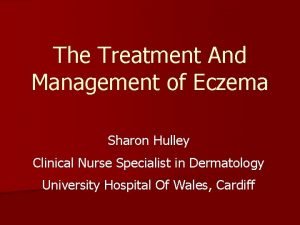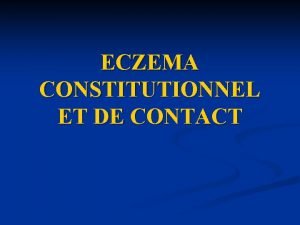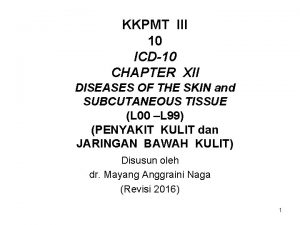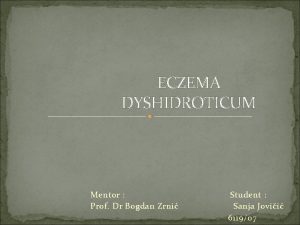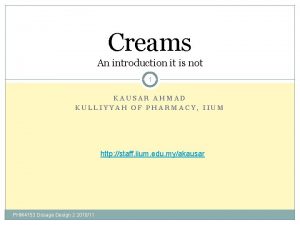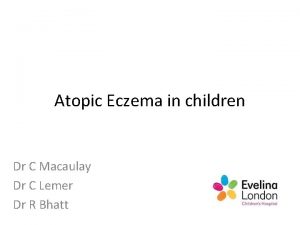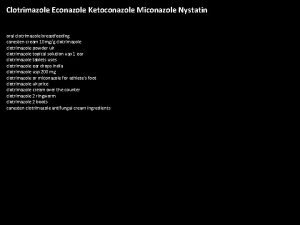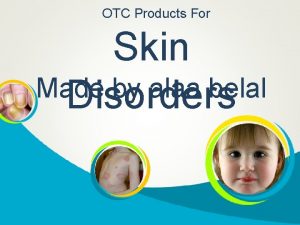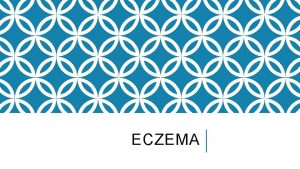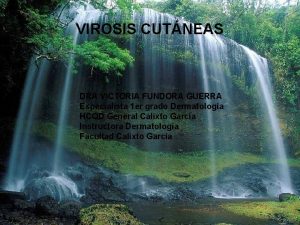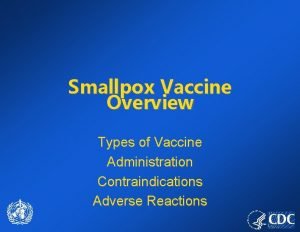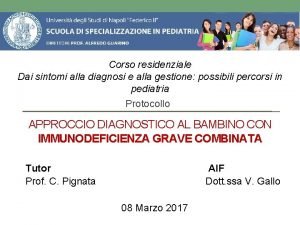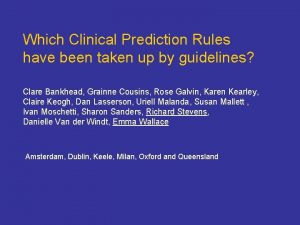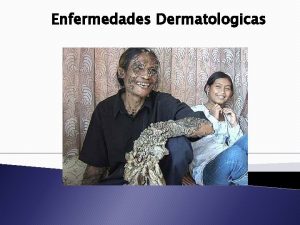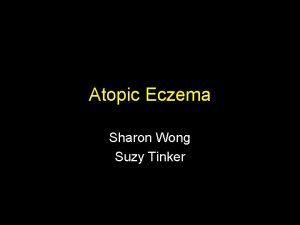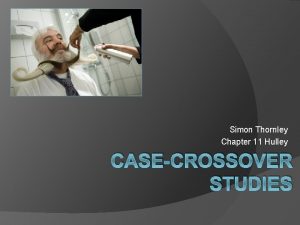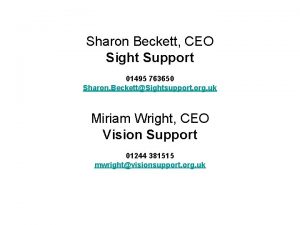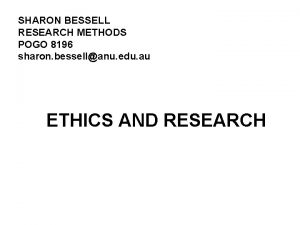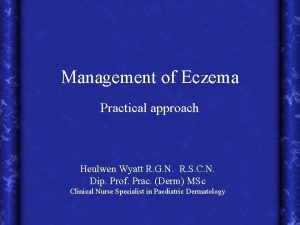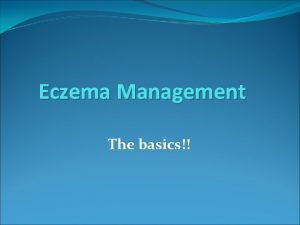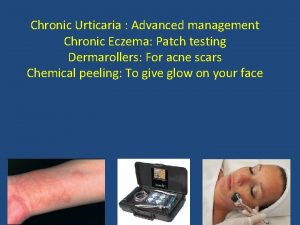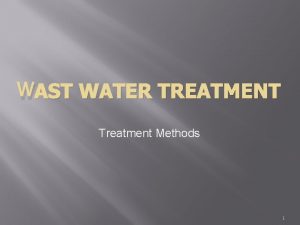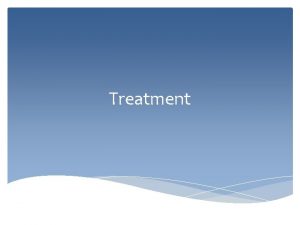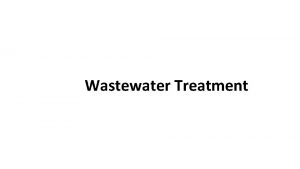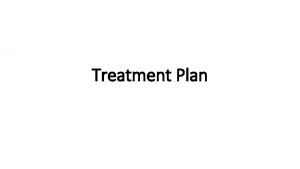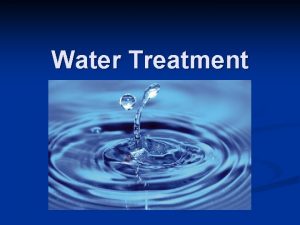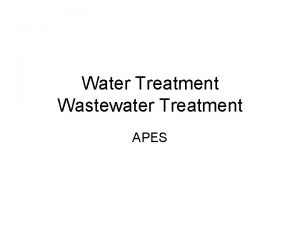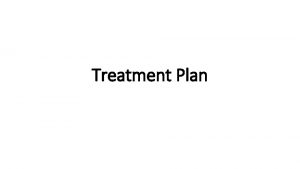The Treatment And Management of Eczema Sharon Hulley















































- Slides: 47

The Treatment And Management of Eczema Sharon Hulley Clinical Nurse Specialist in Dermatology University Hospital Of Wales, Cardiff

What Is Eczema ? “Eczema is derived from the Greek ‘ekzein’ meaning ‘to boil over’ and is characterised by dry, itching and inflamed skin” (The Skin Care Campaign 1999)

Types Of Eczema

Atopic Eczema

Atopic Eczema n Increasing incidence n Affects approximately 1: 10 children n Familial tendency n Associated with asthma and hay fever

Diagnostic Criteria For Atopic Eczema n Inflammatory condition of the superficial skin, characterised by 3 or more basic features: – – n pruritus lichenification chronic relapsing course Personal or family history of atopy (asthma, allergic rhinitis, atopic eczema Plus 3 or more minor features: – e. g. xerosis, elevated serum Ig. E, early age of onset, itch when sweating Hanifin & Rajka (1980)

UK Working Party’s Diagnostic Criteria n Presence of itchy skin condition, plus 3 or more of the following: – history of flexural dermatitis – onset <2 years (if child is >4 years) – personal or family history of asthma or hayfever – visible flexural dermatitis Williams HC et al (1994)

Diagnostic Criteria for atopic eczema (3) n Must have an itchy skin condition (or reported scratching or rubbing in a child) plus 3 or more of the following : – History of itchiness in skin creases such as folds of the elbows, behind knees, fronts of ankles or around the neck (or cheeks in children under 4 years) – History of asthma or hay fever (or a history of atopic disease in a first degree relative in children under 4 years) – General dry skin in the past year – Visible flexural eczema (or eczema affecting the cheeks or forehead and outer limbs in children under 4 years) – Onset in the first 2 years of life (not always diagnostic in children under 4 years) (Mc. Henry et al 1995)

Discoid

Discoid Eczema n Presents as well demarcated round oval or annular red scaly plaques. n Can be vesicular and crusty or dry and scaly. n Usually affects older people. Patients may also have a background of atopic eczema.


Pompholyx (palmar/plantar)


Irritant Contact



Allergic Contact


Erythrodermic

Varicose / Venous


Craquele / Craquelatum


Aim Of Eczema Treatment n To treat and control the symptoms of itching, pain and discomfort n Reduce inflammation n Replace lost moisture n Inhibit scratching and thus infection n Improve the quality of life for the patient and their family

How Do We Treat Eczema? n Moisturisers / Emollients (soap substitute, bath oil, topical) n Ointment n Cream - dry skin or lotion - wet skin n Appropriate quantities

Effects of an emollient Prior to emollient application 20 minutes after an emollient application

How Do We Treat Eczema? n Appropriate strengths of steroid

Which Strength Of Topical Steroid ? n Mild Eczema n 1% Hydrocortisone n Mild - Moderate n Clobetasone butyrate n Moderate n Betamethasone 0. 025% n Moderate - Severe n Betamethasone / n Severe n Mometasone Furoate 0. 1% Clobetasol Proprionate

How Do We Treat The Condition? n Appropriate quantities of steroid

The Finger Tip Unit n 1 finger tip unit (ftu) = 0. 5 g

Topical Steroid Quantities (child) n Twice daily application of steroid all over: – 6 month old = 9. 5 g daily = 66. 5 g weekly – 4 year old = 19. 25 g daily = 134. 75 g weekly – 7 year old = 24. 5 g daily = 171. 5 g weekly

Topical Steroid Quantities (adult) n Face & Neck 2 ftu = 1 g n Back & Front 7 ftu = 3. 5 g n Arm 3 ftu x 2 = 3 g n Hand (both sides) 1 ftu x 2 = 1 g n Leg (not incl. foot) 6 ftu x 2 = 6 g n Foot 2 ftu x 2 = 2 g n total per once daily application = 16. 5 g n Per week = 115. 5 g

How Do We Treat The Condition? (cont’d) n Bandages n Antibiotics (topical / oral) n Treatment regime n Avoid provoking factors if possible

What If That Doesn’t Work?

n Review treatment – steroid not strong enough – not enough emollient – infection not addressed – consider bandaging n Topical immunomodulators

NICE Recommendations For Use Of Topical Immunomodulators n Treatment with both Protopic & Elidel must be initiated by physicians (including G. P’s) with a special interest and experience in dermatology. n Prior to commencing - careful discussion with patients and/or parents of potential risks and benefits of all seconds-line treatment options.

Mode Of Action n Calcineurin inhibitors. n Suppression of T-lymphocyte responses.

Availability Of Protopic & Elidel n Protopic (Tacrolimus) 0. 03% & 0. 1% Ointment – 30 g (0. 03% & 0. 1%) – 60 g (0. 03% & 0. 1%) n Elidel (Pimecrolimus 1%) Cream – 30 g – 60 g – 100 g

Licensed Indications For Protopic (Tacrolimus) 0. 03% & 0. 1% Ointment n Children n Adults 2 -16 years 0. 03% & adolescents over 16 years 0. 1%. n Treatment of moderate to severe atopic eczema unresponsive to conventional therapy.

NICE Indications For Protopic (Tacrolimus) 0. 03% & 0. 1% Ointment n Not recommended for the treatment of mild atopic eczema or as a first-line treatment. n Treatment of moderate to severe atopic eczema in adults & children over 2 years of age. n Failed n At response to topical corticosteroids. risk of adverse effects from further use of topical corticosteroids e. g. skin atrophy.

Application Of Protopic (Tacrolimus) 0. 1% & 0. 03% Ointment n Prior to use, clinical infections at treatment sites should be cleared. n Emollients should not be applied to the same area within 2 hours of applying tacrolimus. n Body, limbs, face, neck and flexures. n Twice daily for up to 3 weeks then reduce to once daily until clear. n Restart as/when necessary.

Side Effects n More Common – Burning or tingling sensation – Pruritus – Erythema n Less Common – Folliculitis – Herpes simplex infection – Acne – Increased sensitivity to hot and cold – Alcohol intolerance – Lymphadenopathy has also been reported

Licensed Indications For Elidel (Pimecrolimus) Cream n Children over 2 years & adults. n Acute treatment of mild to moderate atopic eczema (including flares).

NICE Indications For Elidel (Pimecrolimus) Cream n Not recommended for the treatment of mild atopic eczema or as a first-line treatment. n Treatment of moderate atopic eczema on face & neck in children aged 2 -16 years of age. n Failed to respond to topical corticosteroids. n At risk of adverse effects from further use of topical corticosteroids e. g. skin atrophy.

Application Of Elidel (Pimecrolimus 1%) Cream n Prior to use clinical infections at treatment sites should be cleared. n Not to be applied to areas affected by acute cutaneous viral infections. n Twice daily until symptoms resolve. n Re-start as/when necessary.

Side Effects n More Common – Burning sensation – Pruritus – Erythema n Less Common – Skin infections (including folliculitis and rarely impetigo, herpes simplex and zoster and molluscum contagiosum) – Papilloma (rarely) – Local reactions such as pain, paraesthesia, peeling, dryness, oedema and worsening of eczema

Any questions?
 Sharon hulley
Sharon hulley Eczema dysidrosique
Eczema dysidrosique Icd 10 eczema
Icd 10 eczema Skvame
Skvame Freederm hc
Freederm hc Eczema macaulay
Eczema macaulay Clotrimazole pessary breastfeeding
Clotrimazole pessary breastfeeding Ectomethrine
Ectomethrine Nummular eczema
Nummular eczema Eccema herpético
Eccema herpético Jennerian vesicle
Jennerian vesicle Infezioni anergizzanti
Infezioni anergizzanti Karen and sharon sanders
Karen and sharon sanders Intersex and identity sharon e. preves
Intersex and identity sharon e. preves Quotes from romiette and julio
Quotes from romiette and julio Hình ảnh bộ gõ cơ thể búng tay
Hình ảnh bộ gõ cơ thể búng tay Frameset trong html5
Frameset trong html5 Bổ thể
Bổ thể Tỉ lệ cơ thể trẻ em
Tỉ lệ cơ thể trẻ em Chó sói
Chó sói Thang điểm glasgow
Thang điểm glasgow Alleluia hat len nguoi oi
Alleluia hat len nguoi oi Các môn thể thao bắt đầu bằng từ đua
Các môn thể thao bắt đầu bằng từ đua Thế nào là hệ số cao nhất
Thế nào là hệ số cao nhất Các châu lục và đại dương trên thế giới
Các châu lục và đại dương trên thế giới Công thức tiính động năng
Công thức tiính động năng Trời xanh đây là của chúng ta thể thơ
Trời xanh đây là của chúng ta thể thơ Mật thư anh em như thể tay chân
Mật thư anh em như thể tay chân 101012 bằng
101012 bằng Phản ứng thế ankan
Phản ứng thế ankan Các châu lục và đại dương trên thế giới
Các châu lục và đại dương trên thế giới Thơ thất ngôn tứ tuyệt đường luật
Thơ thất ngôn tứ tuyệt đường luật Quá trình desamine hóa có thể tạo ra
Quá trình desamine hóa có thể tạo ra Một số thể thơ truyền thống
Một số thể thơ truyền thống Cái miệng bé xinh thế chỉ nói điều hay thôi
Cái miệng bé xinh thế chỉ nói điều hay thôi Vẽ hình chiếu vuông góc của vật thể sau
Vẽ hình chiếu vuông góc của vật thể sau Nguyên nhân của sự mỏi cơ sinh 8
Nguyên nhân của sự mỏi cơ sinh 8 đặc điểm cơ thể của người tối cổ
đặc điểm cơ thể của người tối cổ Ví dụ về giọng cùng tên
Ví dụ về giọng cùng tên Vẽ hình chiếu đứng bằng cạnh của vật thể
Vẽ hình chiếu đứng bằng cạnh của vật thể Vẽ hình chiếu vuông góc của vật thể sau
Vẽ hình chiếu vuông góc của vật thể sau Thẻ vin
Thẻ vin đại từ thay thế
đại từ thay thế điện thế nghỉ
điện thế nghỉ Tư thế ngồi viết
Tư thế ngồi viết Diễn thế sinh thái là
Diễn thế sinh thái là Dạng đột biến một nhiễm là
Dạng đột biến một nhiễm là Bảng số nguyên tố lớn hơn 1000
Bảng số nguyên tố lớn hơn 1000
